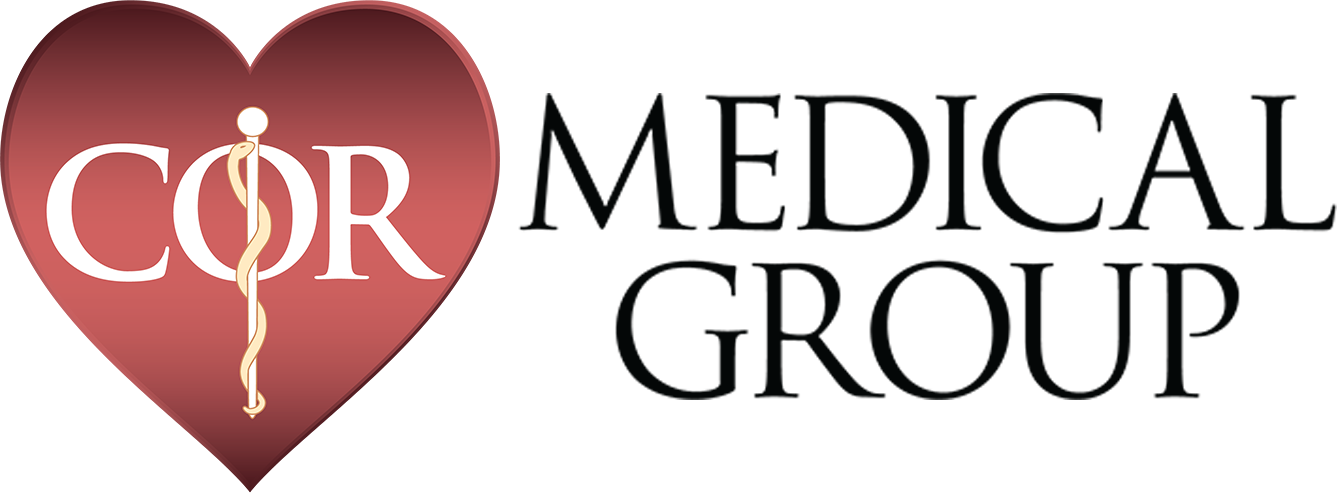Arteriosclerosis
Arteriosclerosis (hardening of the arteries)
Arteriosclerosis is a term referring to stiffening or hardening of the arteries of the body. The term “atherosclerosis” refers to the accumulation of fatty substances on the artery walls (plaque). While they are technically different terms, they often are used interchangeably. From a practical viewpoint, most arteries with atherosclerosis have arteriosclerosis and visa versa.
Arteries are flexible and elastic when we are young and the arteries are healthy. Over time, things such as high blood pressure put too much pressure on the arteries of the body leading to the artery walls getting thicker and stiffer. This process leads to arteriosclerosis and loss of elasticity of arteries. This can sometimes lead to restriction in blood flow to the organs and tissues of the body.
The most common and dreaded complications of hardening and narrowing of the arteries are heart attack and stroke. Build-up of plaque in the coronary arteries, the arteries that supply blood to the heart, can restrict blood flow and oxygen delivery to the heart muscle. This often leads to a symptom called angina. If a coronary artery becomes totally blocked suddenly, the part of the heart muscle supplied by that artery starts to die due lack of oxygen and this is called a heart attack. If an artery to the brain becomes totally blocked, part of the brain dies and this is called a stroke.
Hardening of the arteries can effect the legs (and rarely the arms) in a process called peripheral vascular disease. This can cause pain with walking (claudication) and when severe can lead to loss of limb. It can cause inadequate blood flow the kidneys and kidney dysfunction. Sometimes, arteries that initially harden from arteriosclerosis or atherosclerosis, end up weakening over time usually due to elevated pressure on the artery wall over many years. The largest artery that carries blood from the heart to the rest of the body, the aorta is especially susceptible to this. The weakening of the aorta leads to enlargement and when very large, an aortic aneurysm.
Hardening of the arteries cannot be reversed but the process can be slowed or stabilized by making sure risk factors are aggressively treated. The most common reversible risk factors are high blood pressure, high cholesterol, diabetes, smoking, and sedentary lifestyle. Genetics, aging and being male are risk factors that we obviously cannot control. The risk of hardening of the arteries occurring in females quickly catches up to men’s risk after women go through menopause.
For more information on atherosclerosis, click here.
Updated 08/21/12
PLEASE NOTE: The information above is provided for general informational and educational purposes only and should not be used during any medical emergency. The information provided herein is not intended to be a substitute for medical advice, nor should it be used for the diagnosis or treatment of any medical condition. Accordingly, it should not be relied upon as a substitute for consultation with licensed and qualified health professionals who are familiar with your individual medical needs. Call 911 for all medical emergencies. Links to other sites are provided for information only – they do not constitute endorsements of those other sites. Please see Terms of Use for more information.


